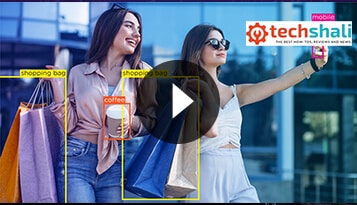Artificial intelligence (AI) is used in the retail industry to improve the customer experience and streamline operations. From recommending products to managing inventory and supply chain logistics, AI plays an increasingly important role in retail. One way to improve the performance of retail AI systems is through the use of video annotation. Several types of video annotation can be used to improve retail AI systems.
- Sentiment analysis, for example, involves labeling video data to identify the emotional state of customers, such as happiness, sadness, or frustration. This can be useful for identifying trends in customer sentiment and tailoring the shopping experience to meet their needs.
- Video annotation can train AI systems for loss prevention by labeling videos of potential theft and fraudulent activity, allowing the AI to learn to identify such behavior and alert store personnel in real time.
- Skeletal annotation, which involves labeling the joints and bones in a person’s body, can be used to track the movements and actions of customers in a retail setting.
- Point annotation is another type of video annotation that involves labeling specific points or objects in a video. This can help train AI systems to recognize and track specific items using dots, such as products on a shelf.
Overall, video annotation is a powerful tool for improving the accuracy and performance of retail AI systems. By providing AI systems with large amounts of labeled data, businesses can train their systems to understand customer behavior better and improve the shopping experience for their customers.
Read the full article here:



